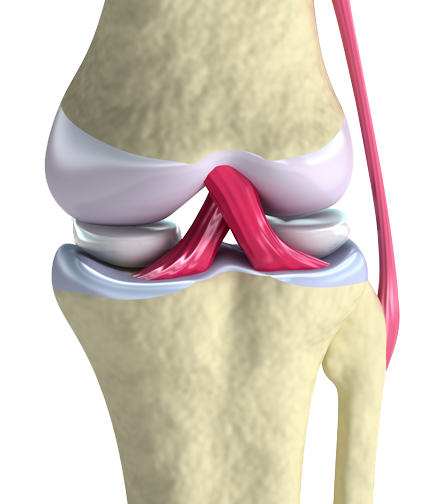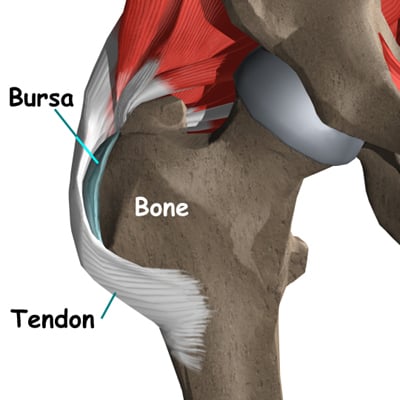
If you would like to know about a particular pain or musculoskeletal condition simply scroll down to find the topic of your interest. You may also email or call the Clinic via the contact us link to make an appointment. Pain Management Doctors Dallas, Texas.

It is important to understand that low back pain is not a distinct medical condition but a symptom caused by numerous medical illnesses and conditions. When arising from the musculoskeletal system (bones, joints, ligaments and muscles) the causes are still many, including slipped disc, facet joint syndrome, osteoarthritis, fibromyalgia, to name only a few. The cause may even be distant from the back, for example the mechanical effect of pes planus (flat feet) or a length discrepancy between one leg and the other. Consequently, the treatment of back pain may vary considerably. Back pain is mentioned in conjunction with some of the medical conditions described below.

This syndrome is often confused with a slipped disc (above) as a cause of low back pain and, indeed, has some features in common. The facet joints are situated at the back of each vertebra (spinal bone) and there are two to each bone. They represent the joints where each vertebra sits on top of the vertebra below at the very back of the spine. Typically a facet joint syndrome comes on suddenly after or during heavy lifting, or an awkward twist. The subject then finds he is unable to straighten up, and the severe pain may persist for days and prevent almost any movement of the back. Although it is also possible to damage a disc is this way (see Slipped Disc, above) the pain in this scenario is usually arising from the fact that one or more facet joints have become misaligned, or jerked out of place. Muscle spasm of the surrounding area contributes further to the pain. Although most cases of facet joint syndrome settle within weeks, recovery is aided by relatively simple manipulation (see Treatment section). Advice on prevention should also be sought.
Joints are the junctions between bones, which allow differing ranges of movement. Some joints are relatively small (as in fingers and toes) while others are large and complex (as with hips, knees, shoulders). The moving surfaces of the joints are covered in cartilage, and the whole joint is usually sealed by a membrane known as the “joint capsule”. Many conditions and diseases can affect the joint complex.

Bursae are essentially the friction pads of the body. They are fluid-filled sacs or openings between or within the layers of moving parts. Thus they are situated where one structure is moving over another, as between two layers of muscles, between tendon and bone, under ligaments etc. When a bursa becomes inflamed, the resulting condition called “bursitis” can be extremely painful. A bursitis may be seen as an obviously red and tender swelling on the surface, as at the elbow, or it may be hidden in deeper layers such as within the buttock, or in the groin or hip. Treatment consists of some means of reducing the swelling and prevention of further inflammation.
Looking for the best pain management doctors near me in Dallas, Texas? Longhorn Injury provides best pain management doctor near you in Dallas, TX. Contact Us Today.

751 Hebron Pkwy, Suite 160, Lewisville, TX 75057
10611 Garland Road, Suite 115, Dallas, TX 75218
© 2020 – All rights reserved. Longhorn Injury & Rehab Centers.